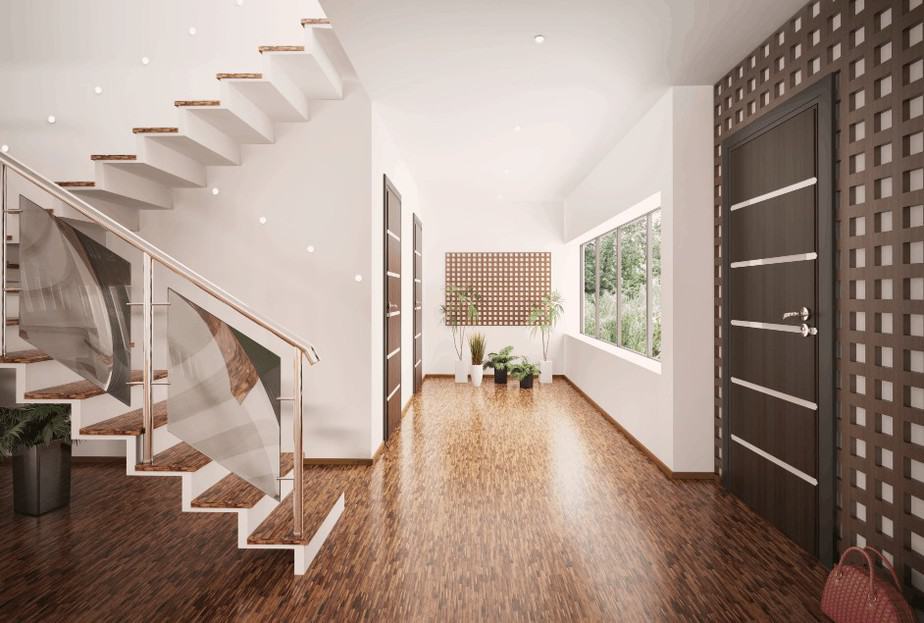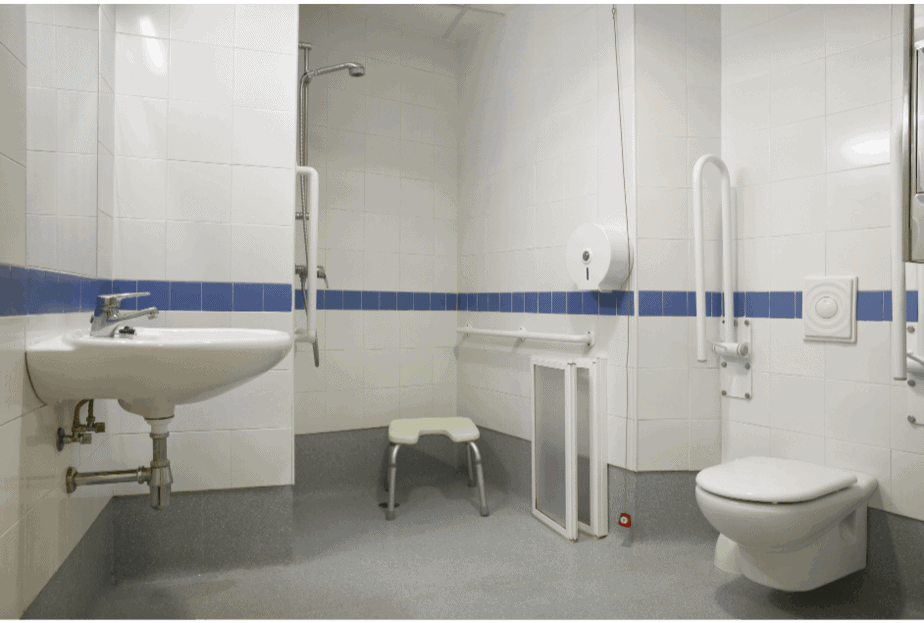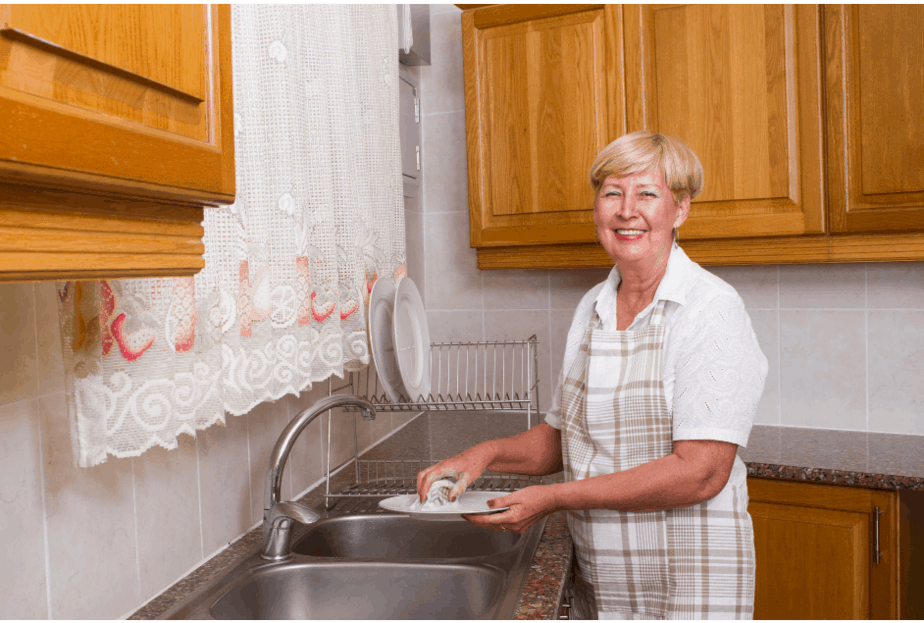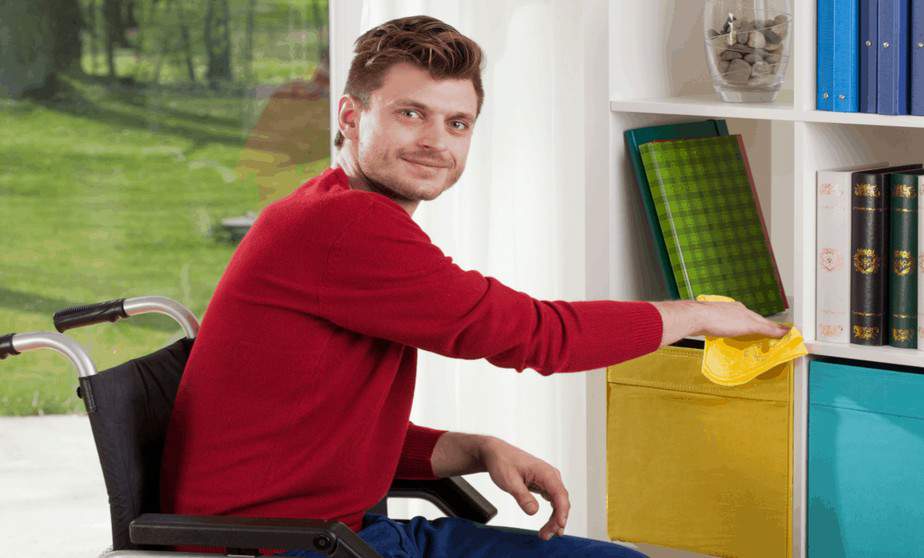“Remaining independent in your home offers you dignity and quality of life. Protecting this dignity is of highest importance.”
Remaining independent in your home is extremely important to you. It’s important to us as well. Regardless of your diagnosis, memory changes, chronic falls, recent hospital stay, or medical event, it’s important to protect your right, or your loved one’s right, to remain independent in your home. Occupational therapy helps you protect this ability through physical rehabilitation, functional training, cognitive training, transition guidance, and social support.
What household activities are commonly affected after an injury, illness, or hospitalization preventing being independent in your home?
To most people, remaining independent in your home is important because you take pride in caring for yourself and your family without assistance. When your ability to complete household activities is impaired, many people will hire a companion, downsize, or move into an assisted living facility thinking this is the only solution, but it’s not! The step before one of these costly moves is physical and functional training through outpatient occupational therapy!
What household activities can be helped by functional training?
- Cooking (Instrumental Activities of Daily Living)
- Cleaning (Instrumental Activities of Daily Living)
- Making your bed, cleaning the bathroom, washing dishes, doing laundry, cleaning litter boxes, etc.
- Caring for pets
- Putting groceries away and organizing space
- Household mobility and moving around freely without fear of falling
- Preparing a meal
- Ensuring you can answer the door and the telephone
- and More
What personal factors can be helped by our hybrid model of outpatient therapy?
- Motor planning and safety awareness
- Sequencing, memory, recall, following directions
- Creating routine, habits, and systems
- Confusion
- Generalized weakness impacting going upstairs and downstairs
- Chronic pain preventing you from bending, lifting, and reaching
- Decreased balance and increased dizziness
- Need for durable medical equipment or adaptive equipment
Home Assessment
During a home assessment, y0ur therapy practitioner will walk through your home and recommend ways to increase safety, accessibility, and decrease potential fallings risks. We will assess the physical environment for barriers that would prevent you from getting into and out of your home. A home assessment also allows the therapy practitioner to give you information about various pieces of adaptive equipment and durable medical equipment as well as assess for home modifications that may increase the liveability of your physical environment! We will then help you find a contractor who is able to make these changes for you.
Assessment of Movement
As occupational therapists, we can assess functional movement and recommend adaptive equipment as well as durable medical equipment that will enhance your mobility and making getting into and out of your home easier with minimal need for home modifications. Addressing your physical concerns are oftentimes much more cost-efficient and better for your overall well-being! Before we can make any recommendations, we must assess your ability to move and determine how you are walking and holding your posture, if you are presenting with muscle imbalances, the status of your upper body and lower body range of motion and flexibility deficits and finally, determine the status of your muscle stamina. After we complete this assessment, we can help you decide what mobility aid would be most appropriate for you, if any.
Outpatient rehabilitation to address physical function, training, and mobility
Some techniques you will encounter include:
- Stair and curb training
- Upper body and lower body strengthening
- Range of motion and flexibility training
- Visual perception and low vision training
- Balance activities and exercises
- Confidence training and education
- Memory training (Cognitive training)
Ensure you are given a comprehensive evaluation by your therapist!
It should include objective assessments, a work-up of upper and lower body strength and range of motion, a screen for reaction time and coordination, a cognition screen to ensure your memory has not been affected by decreased mobility, and a conversation or perceptual screen regarding your fear associated with falling.
Commit yourself to at least 5-8 weeks of outpatient therapy after discussing the plan with your therapist.
Improvement takes time, especially when improving your memory! You can’t improve without a commitment to a plan. After your home assessment and comprehensive evaluation, meet with your therapist and discuss the outcomes and ways you can implement suggested strategies to maintain independence with household activities! If your therapist has identified personal barriers preventing you from completing your household activities, consider outpatient therapy to address and restore physical function like fine motor skills, range of motion, strengthening and balance.
Follow the Home Exercises Program (HEP)
Your therapist will give you a home exercise program including exercises, stretches, and ways to help you get into and out of your home. Be consistent and proactive so that you can maximize your time and your normal community activities can resume.
Ask questions!
Our outpatient rehab program is unique and educational. We want to equip you with the answers you are seeking and will do our best to give you the most current information! Be an active part of your therapy program!
Are you facing a specific diagnosis or condition effecting your functional performance?
Check out some examples of conditions we treat through outpatient rehabilitation!
Why choose Buffalo Occupational Therapy?
Buffalo Occupational Therapy works with you one-on-one to create a treatment plan that will meet your needs, accomplish your desired outcomes, and restore your hope in recovery.
Buffalo Occupational Therapy practitioners are committed to maintaining current competencies, meeting monthly continuing education goals, and being well-versed in the latest evidence-based, research-driven treatment models in order to offer you the best treatment possible.
Specialized occupational therapy practitioners are accessible to their patients, invested in producing treatment plans that will produce results, maximize time spent, and offer you hope for recovery.
Buffalo Occupational Therapy is currently the first and only Neuro-centered adult outpatient occupational therapy practice specializing in neurological rehabilitation, functional performance, and rehabilitation for older adults.
Helpful Page Definititions
Comprehensive Evaluation
Occupational therapists treat the entire person. Much like your primary care physician, we were required to learn elements of the entire body so that we could treat holistically (a one stop shop). Because of this, your outpatient rehabilitation specialist will perform an evaluation that assesses the following things:
- Personal history
- Who are you? What do you do? What makes you tick? Why are you seeking outpatient therapy?
- Physical function (upper body and lower body)
- Strength, range of motion, and flexibility
- Neuromuscular function (brain to muscle communication)
- Coordination, speed, agility, and reaction time
- Cognitive and Mind health
- Short term memory, recall, information processing, and perception of illness
- Occupational Inventory (Activity and role inventory)
- Roles you play like a caregiver, spouse, parent, employee, etc.
- Mobility inventory like the places you need to go
- IADL inventory and what activities are required for you to be independent
- Other activities that are important to you
Instrumental Activities of Daily Living (IADLs)
Instrumental Activities of Daily Living (IADLs) are essential for independence in life roles and required for aging in place. There are 8 activities core activities for independence including cooking, cleaning, communication, taking and managing medication, handling your personal finances, transportation and community mobility, shopping
Cooking - The ability to follow a recipe and having the stamina to prepare a meal for yourself and/or your family
Cleaning - The ability to perform light housekeeping including making your bed, doing your laundry, washing the dishes, taking out the trash, vacuuming, sweeping, cleaning your bathroom, etc.
Communication - The ability to use the telephone, the computer, have conversations with people (familiar and strangers), communicate your needs clearly.
Taking medication - The ability to sort and organize your medication or determine a compensatory method to do so as well as taking the appropriate dosage at the appropriate time.
Personal Finances - The ability to establish an organization method to understand financial responsibilities and pay your bills on time.
Transportation - Whether you are driving, calling for a driving service like a taxi or Uber, or taking public education. You must have a defined action plan for community mobility and transportation.
Shopping - The ability to plan transportation, plan a grocery/clothing list of needs for yourself and your home, have the stamina to collect your items at the store, and be able to get them into your house.
Muscle Imbalance
Your body is complex and should be working synergistically with all of its parts. When some muscles have become weaker while others remain strong, an imbalance occurs which causes decrease balance, standing tolerance, and joint stability.
Fine Motor Skills
Fine motor skills are a fancy way of saying functional wrist, hand, and finger movement. Many people require fine motor training after a stroke, traumatic brain injury, hand injury, neuropathy, or throughout the progression of a progressive diagnosis.
Fine motor skills include open thumb web space, bilateral coordination, thumb IP joint flexion, finger isolation, upper body stabilization, strength, and mobility, dexterity, prehension, intrinsic muscle strength, precision, motoric separation of the two sides of the hand, motor control, pincer grasp, pinch strength, grip strength, and the ability to grasp and release.
Visual Perception
We incorporate visual perceptual elements into many treatments to enhance perception, balance, safety, cognition, memory, recall and neural excitation. Some areas of visual perception include form constancy, visual discrimination, figure-ground perception, visual closure, visual memory, and visual sequential memory.
Mobility Aid
As occupational therapists, we can assess functional movement and recommend adaptive equipment as well as durable medical equipment that will enhance your community mobility. Before we can make any recommendations, we must assess your ability to move and determine how you are walking and holding your posture, if you are presenting with muscle imbalances, the status of your upper body and lower body range of motion and flexibility deficits and finally, determine the status of your muscle stamina. After we complete this assessment, we can help you decide what mobility aid would be most appropriate for you, if any.
Types of mobility aids include cane (single point, quad cane, tripod cane), crutches, knee scooter, cane-crutch combination, walkers (4 wheeled walker, 2 wheeled walker, standard walker), walker-cane hybrid, hemi-walker, gait trainer, scooters, wheelchairs and more.
We will help decide what device would be most appropriate, help with positioning, and then train you on best practices to maximize your mobility!




